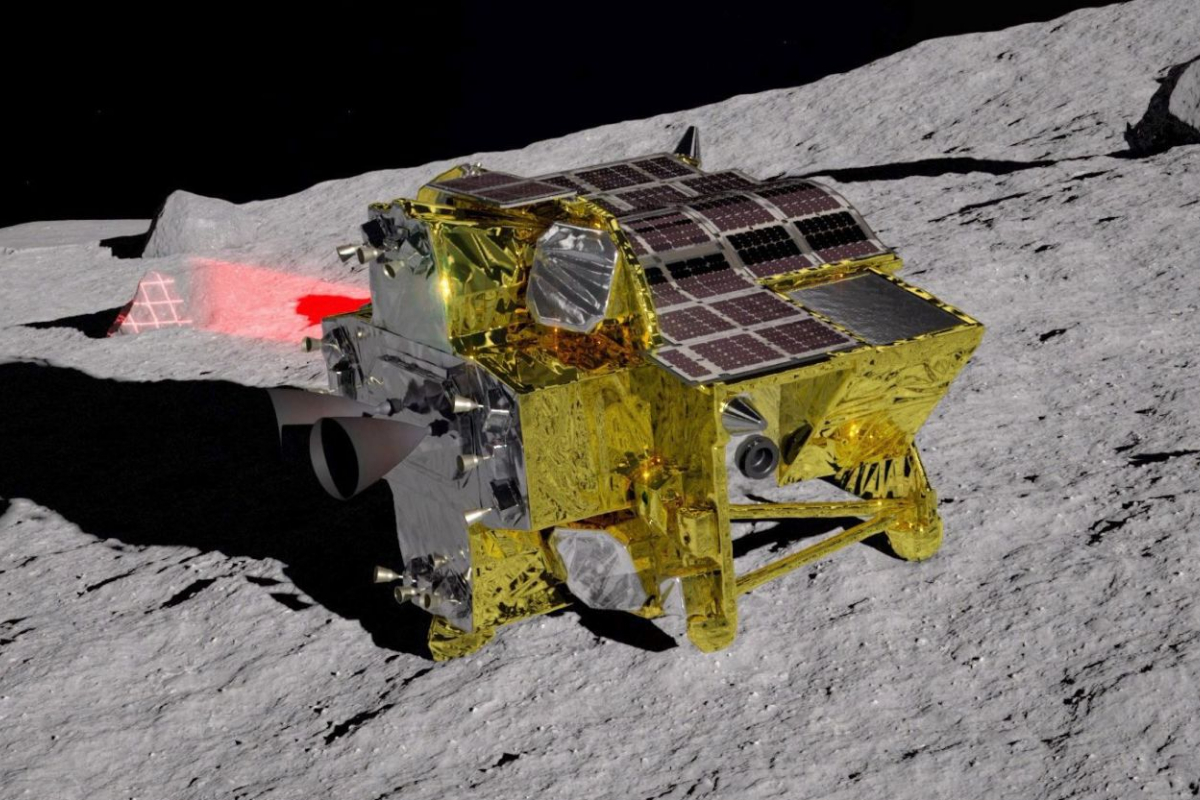Apple Opens Doors to External Downloads in EU
Apple opens EU app distribution, bypassing App Store. iPhone devs can use...

Japan’s Moon Mission Mishap: Spacecraft Lands Upside-Down
In a surprising turn of events, the Japan Aerospace Exploration Agency (JAXA) revealed the first image of its lunar lander on the moon’s surface, disclosing an unforeseen twist—the spacecraft had touched down upside-down. The mission, known as SLIM (Smart Lander for Investigating Moon), encountered a critical anomaly in its main engine when it was a mere 50 meters above the lunar surface, affecting the intended landing orientation.
Despite this setback, JAXA successfully steered the mission to become the fifth nation ever to achieve a soft landing on the moon. The abnormality prevented the solar panels from properly aligning with the sun for charging, leaving the spacecraft in a precarious position.
The spacecraft’s onboard software played a crucial role in autonomously guiding the descent after the main engine failure. The lander managed to touch down at a speed below the design range, but the unexpected lateral velocity and orientation resulted in a nose-down position. Astonishingly, the lander ended up just 55 meters east of its original target landing site.
JAXA officials emphasized that the primary objective of the SLIM mission—to demonstrate pinpoint landing technology within a 100-meter accuracy range—was successfully achieved. Despite the challenges, the mission showcased the resilience of the spacecraft’s systems.
Earlier in the week, the agency reported that the spacecraft had powered down on the lunar surface as planned, preventing over-discharge of batteries connected to the solar cells. The solar cells, facing west, are expected to generate power once the sun’s beams change direction.
The lander, equipped with two rovers, deployed one of them, named Lunar Exploration Vehicle-2 (SORA-Q), responsible for capturing the first image of the lunar surface in its upside-down state. JAXA is currently investigating the cause of the main engine failure and plans to provide updates as the investigation progresses.
With the next westward-facing sunlight expected in about a week, JAXA remains hopeful for a potential mission recovery. The unique circumstances surrounding this moon landing mishap highlight the resilience of space exploration efforts and the capability of mission control to navigate unexpected challenges.
Catch all the Business News, Breaking News Event and Latest News Updates on The BOL News
Download The BOL News App to get the Daily News Update & Live News.